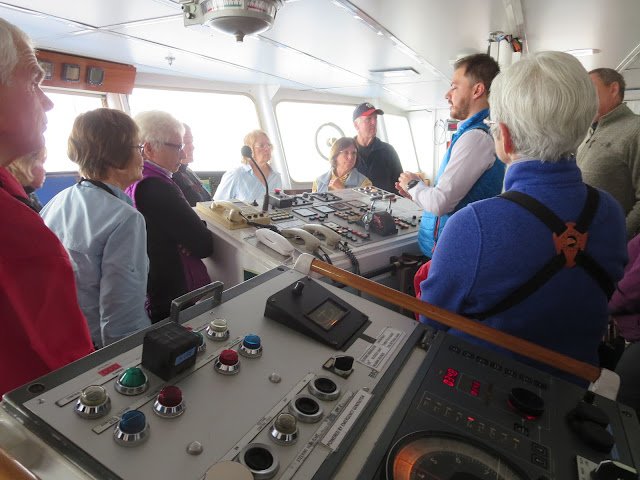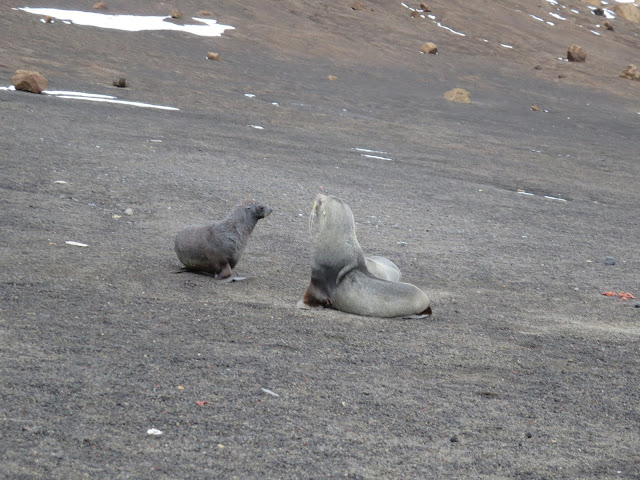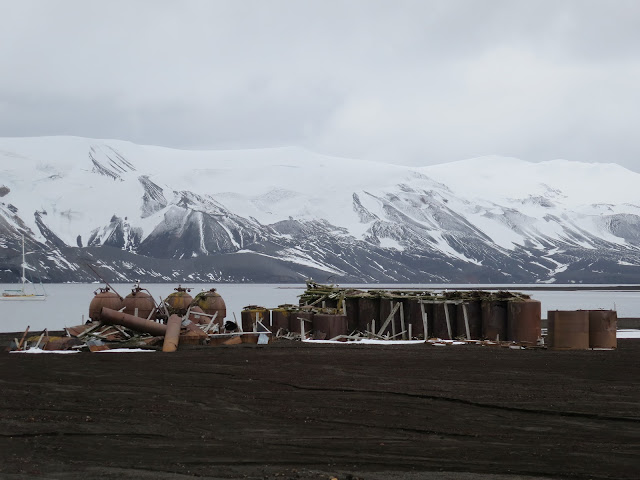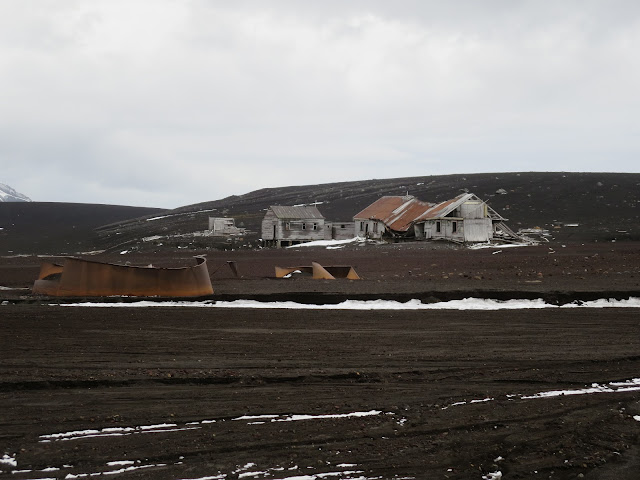Back to crossing Drake's Passage. This time it is Drake Lake!
. 39 degrees 14 knots We will be passing by Cape Horn.
A quick tour of the bridge. What I particular liked about this trip was I could go into the bridge at anytime, and I did, except when the harbour pilots were on
.
This shows us on the way home but it doesn't show our passage by Cape Horn.
My camera is really stretching to get these birds. They were just beautiful. Albatross with 12 foot wing spread and The Antarctic Petrels.
Cape Horn.. This is Lake Drake.. It is much calmer than crossing before.. It is still very windy..
They gave us certificates because in reality, crossing the Drake can be dangerous and sickening!
Our last lecture was on plastics. It is quite alarming!!!!! It is so disturbing. Please take a minute to really look at this chart. Let me help you.. a pair of wool socks will take 1-5 years to dissipate. fishing line 600 years-disposible diaper 450 years- plywood 1-3 years- cigarette butt filter 1-5 years- tin can. 50 years- aluminum can 20 years You get the message.. which is don't use plastic if you can help it.
Use reusable products, glass, paper etc. There are ocean dumps that are just swirling around and getting bigger.. This lecture turned my stomach..
Our expedition crew. These guys were smart, experienced and a wealth of knowledge.our doctor on the right of the picture.
This is our cruise director and she was fabulaous.. I often found her on the bridge . She was the one that made the decisions of where we could go next.
This is our team leader, Carlos. He was a lot of fun to be with.- a Chilean..
The motley eight!
We fly out of Ushuaia on our way home. 3 to 4 hours to Buenos Aires and another 12 hours home.
It was a great trip. If you can do it, do it now because the ice is melting.



























































